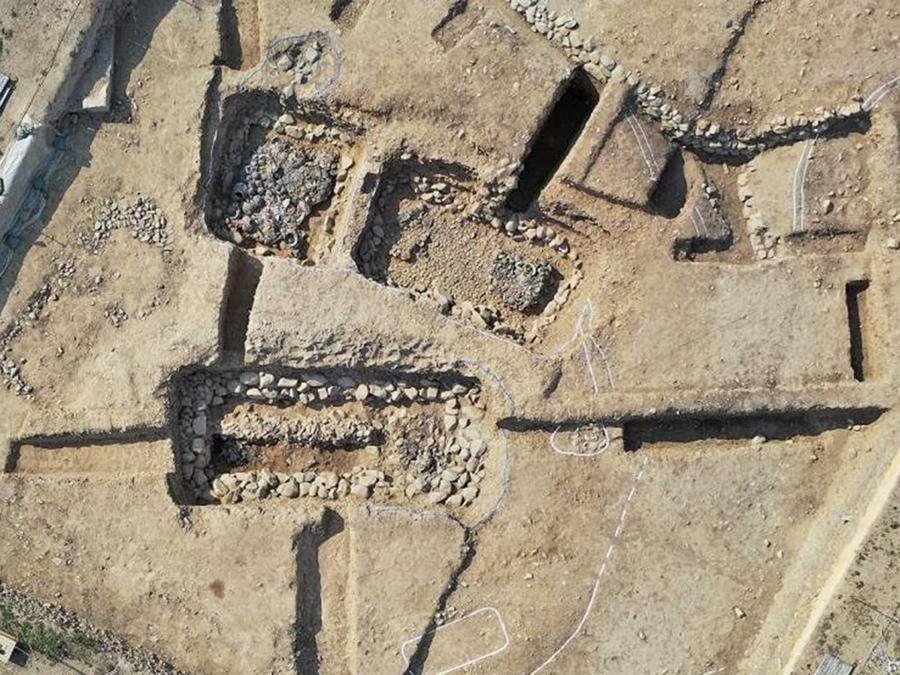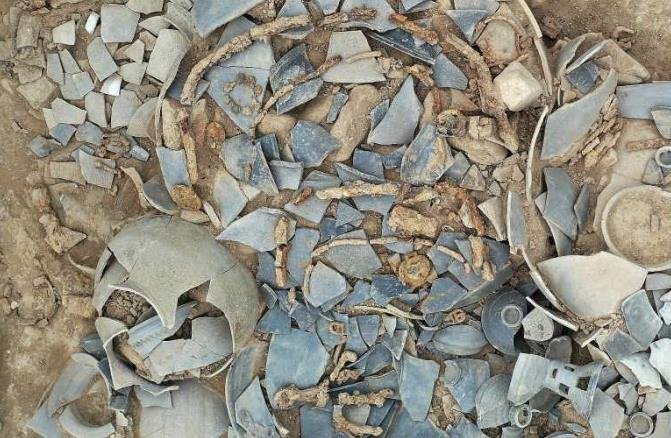
Archaeology
Archaeology is the study of human history and prehistory through the excavation and analysis of artefacts, structures, and other physical remains.
Archaeology is the study of human history and prehistory through the excavation and analysis of... View more
New type of Silla tomb discovered in Gyeongju, South Korea
-
New type of Silla tomb discovered in Gyeongju, South Korea
Archaeologists have unearthed a pair of unprecedented tombs in the Jjoksaem district of Gyeongju, the ancient capital of the Silla Kingdom (57 BCE–CE 935). This discovery challenges long-standing beliefs about early Korean burial customs.

The newly discovered tombs, provisionally named J171 and J172, in Gyeongju, South Korea. Credit: Gyeongju National Research Institute of Cultural Heritage Announced by the Gyeongju National Research Institute of Cultural Heritage on Wednesday, these tombs, provisionally named J171 and J172, differ significantly from typical Silla-era burials. Traditionally, Silla burials feature a wooden frame (dutneol) encased by an earthen mound and surrounded by a distinctive stone boundary. However, these newly found tombs lack the characteristic stone perimeter, a first in Silla archaeological history. “This is the first time we’ve encountered Silla-era tombs without the stone boundary,” an official from the institute stated.
Gyeongju, also known as Seorabeol, is located in southeastern South Korea. It is renowned for its extensive historical sites, including numerous ancient royal tombs and the Cheomseongdae observatory. The Jjoksaem district, where these discoveries were made, is a significant burial ground for Silla nobility, home to around 1,300 tombs.
The Silla kingdom, ruling southeastern Korea during the Three Kingdoms period, was known for its sophisticated hierarchical society and rich culture, often referred to as the “country of gold.”

<a class="wpg-linkify wpg-tooltip" title=" Artifact
An artifact or artefact (British English) refers to any portable object or material that has been created, modified, or used by humans. It is the basic “unit” of archaeological analysis. Artifacts can vary widely in terms of size, material, and purpose. They can include tools, pottery, jewelry, weapons, clothing, and more. These diverse forms may at times be mistaken for ecofacts and features, with all three often coexisting within archaeological sites. Archaeologists study artifacts to learn about the technological advancements,” href=”https://archaeologymag.com/encyclopedia/artifact/” target=”_blank”>Artifacts discovered in the burial site. Credit: Gyeongju National Research Institute of Cultural Heritage
The tombs J171 and J172, dating back about 1,500 years, differ in structure and contents. Tomb J171 is a single-chambered tomb, while tomb J172 contains both a main and an auxiliary chamber. Notably, both lack the traditional stone boundary and instead feature a unique stone mound structure.
The excavation has also yielded a treasure trove of artifacts. Among the finds are decorated pottery lids, legged bowls with three rows of perforations (samdantuchang), and various silver-laden horse ornaments. These artifacts, particularly the horse equipment, are rare and suggest the high status of the individuals buried here.
An intact horse harness set, including a saddle, stirrups, reins, and ornate decorations, was discovered on a large jar. A notable item is a belt ornament combining a convex lens-shaped gilt-bronze piece and a silver-plated iron rim.
Since 2021, the Gyeongju National Research Institute of Cultural Heritage has conducted annual surveys in this area. Their ongoing efforts have identified approximately 40 previously undiscovered Silla tombs and provided critical data on the construction and arrangement of these ancient burial sites. Building on these findings, the institute aims to explore the central tombs of Gyeongju in greater detail.
Sorry, there were no replies found.
Log in to reply.
